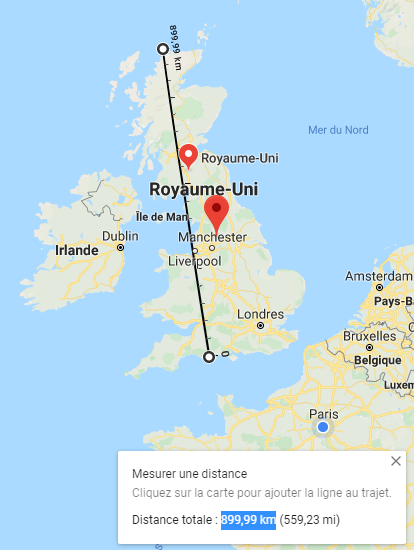- 1,178
- 407
Atually I tried calculating it and it's way easier than I expected.
So drag force formula is F = 1/2*ρv^2*C*A. If we multiplity it by velocity we'll get power. W = 1/2ρ*v^3*C*A. Let's assume that only 50% of that is being converted to heat: W = ρ*v^3*C*A.
Heat transfer rate formula is W = dm/dt*ΔT*H, where H is specific heat capacity of air. And we know that dm/dt = ρ*v*A.
Now power loss due to drag force has to be higher than heat exchange rate at 120 degree tempetarute otherwise he'll eventually start losing more heat than he gererates due to friction making his temperature stop increasing. So we can set up the following equasion:
ρv^3*C*A = ρ*v*AΔT*H
Now just solve for v which is trivial since almost everything cancels out:
v^2*C = ΔT*H -> v^2 = ΔT*H/C -> v = sqrt(ΔT*H/C)
So drag force formula is F = 1/2*ρv^2*C*A. If we multiplity it by velocity we'll get power. W = 1/2ρ*v^3*C*A. Let's assume that only 50% of that is being converted to heat: W = ρ*v^3*C*A.
Heat transfer rate formula is W = dm/dt*ΔT*H, where H is specific heat capacity of air. And we know that dm/dt = ρ*v*A.
Now power loss due to drag force has to be higher than heat exchange rate at 120 degree tempetarute otherwise he'll eventually start losing more heat than he gererates due to friction making his temperature stop increasing. So we can set up the following equasion:
ρv^3*C*A = ρ*v*AΔT*H
Now just solve for v which is trivial since almost everything cancels out:
v^2*C = ΔT*H -> v^2 = ΔT*H/C -> v = sqrt(ΔT*H/C)
- ΔT = 120 °C - 20 °C = 100 K
- H = 1007 J/(kg*K)
- C ~ 1 for upright position



